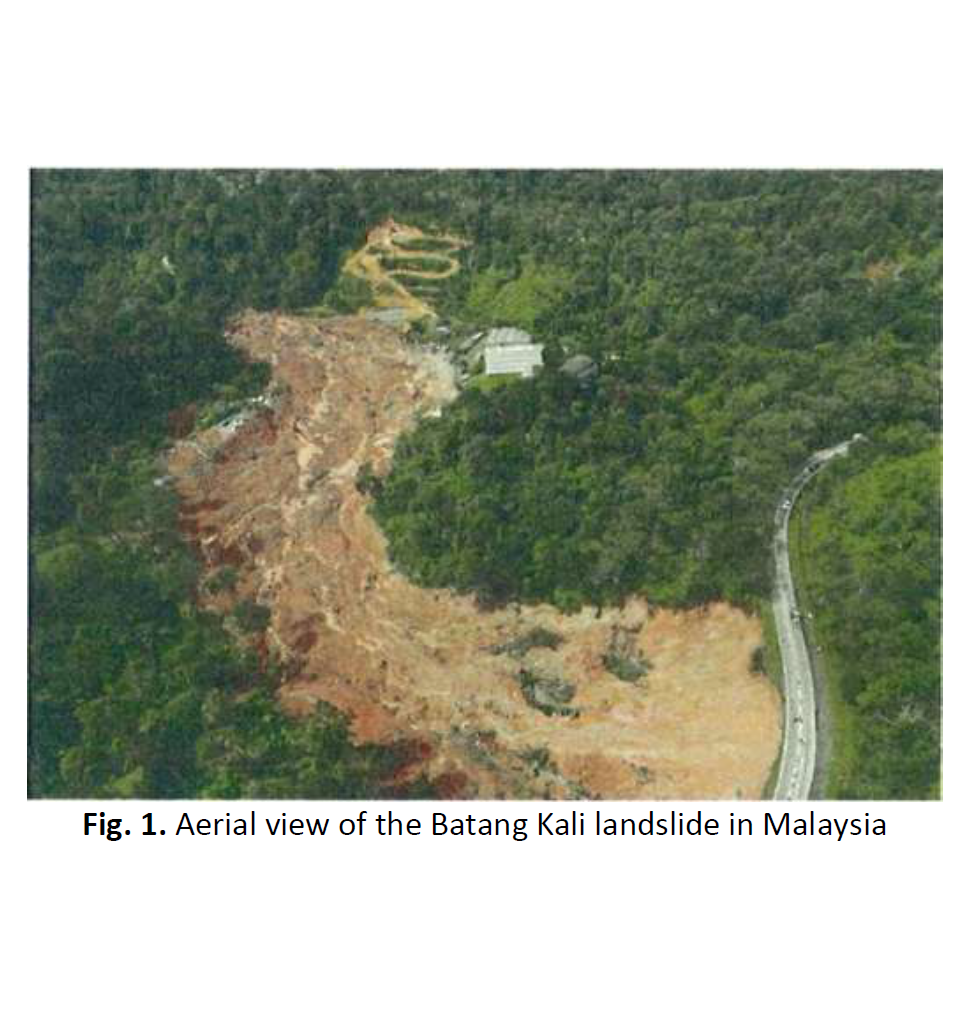Assessment of Subsurface Soil Properties using Horizontal-to-Vertical Spectral Ratio (HVSR) and Multichannel Analysis of Surface Waves (MASW) in Cheras, Malaysia
DOI:
https://doi.org/10.37934/sea.5.1.5972Keywords:
HVSR, MASW, peak amplitude (A₀), resonance frequency, shear wave velocityAbstract
This study employs the HVSR method to evaluate subsurface conditions and infer soil properties at Cheras area. The HVSR technique identifies the fundamental resonance frequency (F₀) and peak amplitude (A₀), which are critical for differentiating soil types. Results indicate that F₀ values between 2–5 Hz correspond to fine-grained soils, while values between 5–10 Hz suggest coarse-grained or compacted materials. Complemented by MASW, the study provides further insights into shear wave velocity (Vs) distribution and corresponding Standard Penetration Test (SPT-N) values. The MASW analysis identified four key zones: soft to firm soil (Vs = 0–200 m/s, SPT-N = 0–8), stiff to very stiff soil (Vs = 200–300 m/s, SPT-N = 8–25), hard/dense soil (Vs = 300–400 m/s, SPT-N = 25–35), and weathered rock (Vs > 400 m/s, SPT-N > 35). The undulating nature of the rock profile suggests differential weathering and potential instability zones, consistent with findings from other studies in granite terrains. The correlation between HVSR and MASW results confirms a complex subsurface with significant lithological and structural variations, including weak zones characterized by lower shear wave velocities. These weak zones highlight potential geotechnical challenges that may require further validation through borehole investigations. These findings indirectly contribute to evaluating soil stability and load-bearing capacity, demonstrating the utility of HVSR and MASW as cost-effective, non-invasive tools for preliminary soil investigations, particularly in urban areas.













